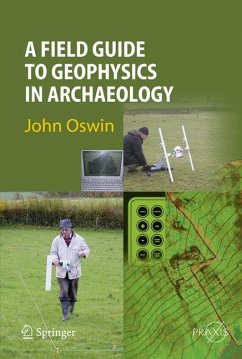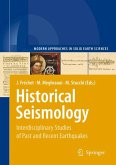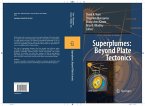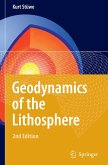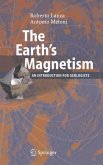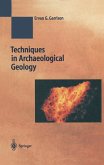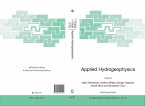A Field Guide to Geophysics in Archaeology
. explains the processes involved in clear and accessible language;
. gives a step-by-step guide to setting up and carrying out a survey;
. demonstrates the application of science to instruments;
. gives examples of results of surveys and shows how to interpret
them;
. explains soil conditions measured by the techniques and relates
them to archaeological features.
With many illustrations to explain the text and techniques, this book will be an invaluable resource for specialists and non-specialists in archaeological geophysics alike.
Dieser Download kann aus rechtlichen Gründen nur mit Rechnungsadresse in A, B, BG, CY, CZ, D, DK, EW, E, FIN, F, GR, HR, H, IRL, I, LT, L, LR, M, NL, PL, P, R, S, SLO, SK ausgeliefert werden.

